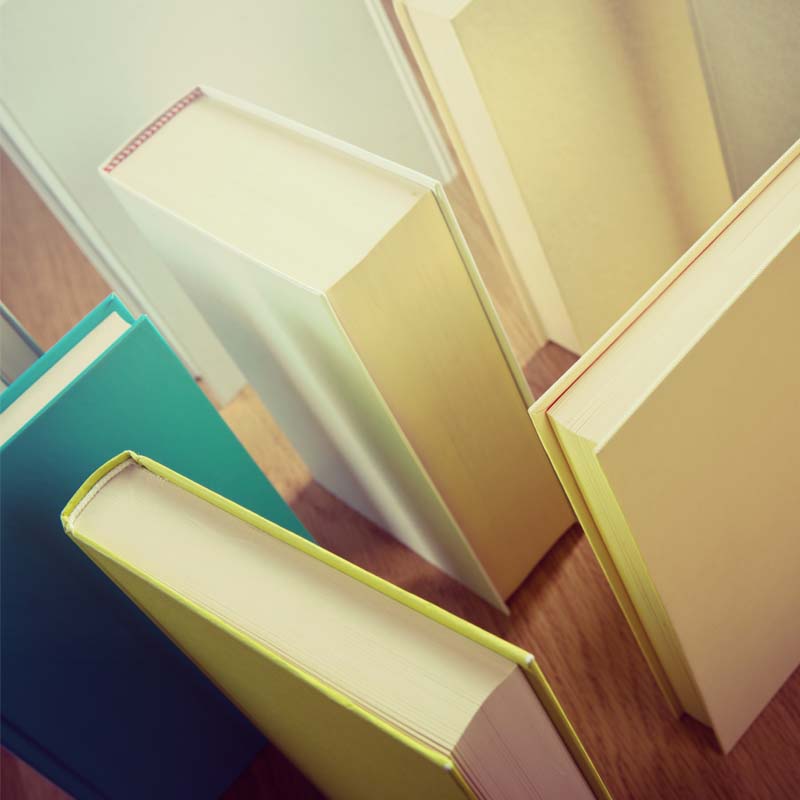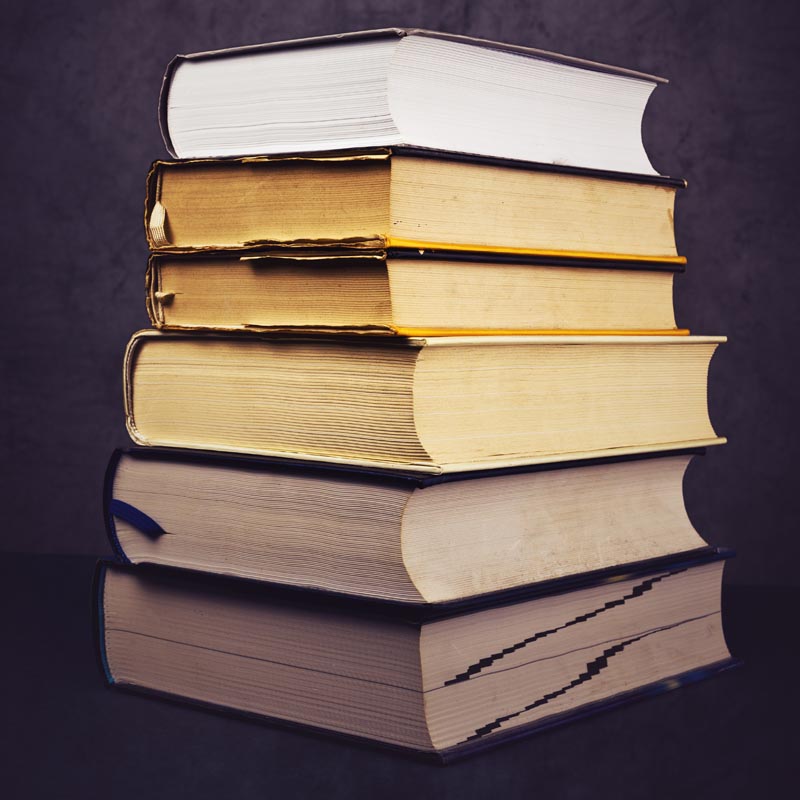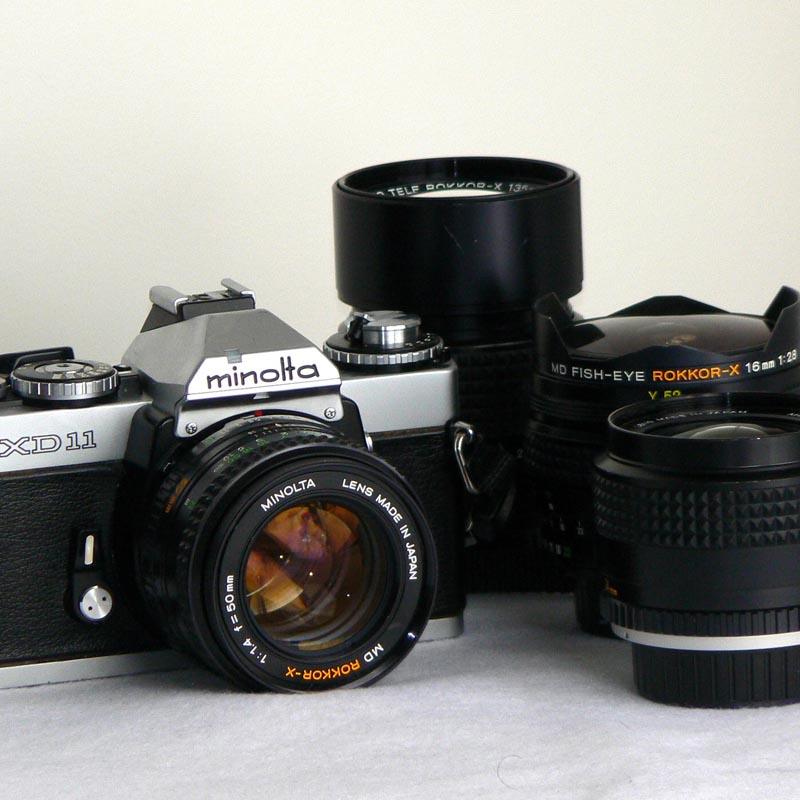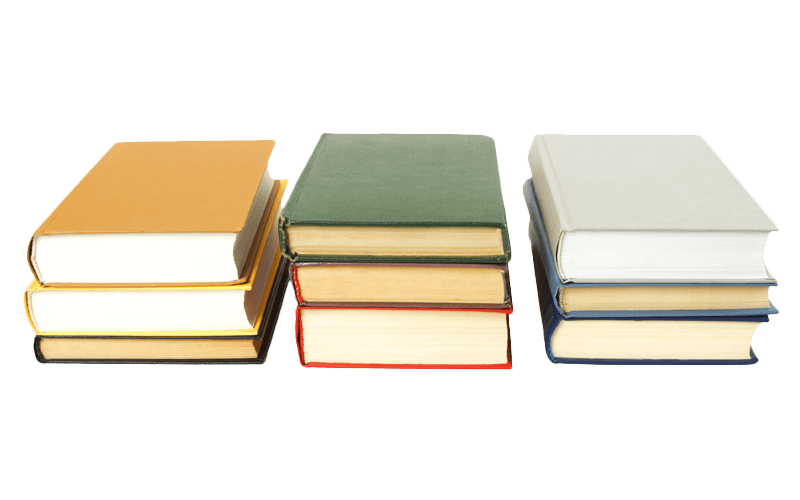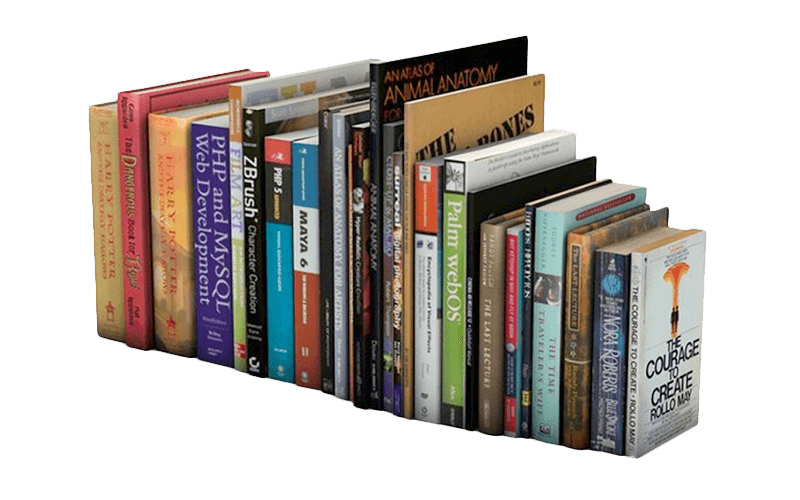Desktop Publishing
![]()
For a book to be printed, it needs to be typeset and printed out in the correct format. If you have already done this, all we need is “camera ready artwork” – artwork which can be used to make the printing plates for the book.
If you have typed the book on a word processor, you can provide us with a disk (either Mac or IBM) and we can format this to produce the artwork for you in the typeface and size you select. (We can access most word processing documents.)
Alternatively, we can offer our in-house typesetting service at a most economical rate. A proof is provided from your original manuscript, fully set in the type face and size you require, with photographs inserted if required. No printing is undertaken until you are entirely satisfied with this proof and have given your written consent for printing to proceed.
Photographs
![]()
There are two different methods of using photographs.
Digital Photography
This method can produce some stunning results provided your camera has a high-resolution setting of at least 2.0 megapixels and set on the highest quality setting. This usually produces a picture of 72 DPI at a size of A3 (420 x 297). The digital photograph will require a few alterations to prepare it for the printing process.
More Information
One very important process is to change the photograph from RGB to CMYK for colour photos or Greyscale depending on your preference. The second process is to size the photograph and increase the DPI to 300 Dots Per Inch.
Once the photograph is reduced to a size for a standard book and the DPI is increased to 300, a high quality photo can be produced. Any required affects can easily be made to the photograph.
Scanned Photos
There are two methods of scanning: drum scanning is the method used to produce the best reproduction of photographs and is also the most expensive. The alternative is to have the photographs scanned on a flat bed scanner, which is more economical. We can show you samples of either method to help you in your choice.
Hard or Soft Bound?
![]()
There are two main types of books, hard bound and paper back (soft bound).
The hard bound book is the longest lasting type of book. The interior pages are section sewn; that is, each section of the book is machine sewn into sections and glued in place. The back of the hard bound book can be rounded or square.
The soft bound book (paperback) is usually notchbound. This is the classic strong binding used by Success Print and done in house. This method is far stronger than Perfect Binding, an alternative which is sometimes offered elsewhere. By using Success Print’s own bindery, you are cutting out yet another “middle man”. Few printers in Western Australia have their own binding equipment.

